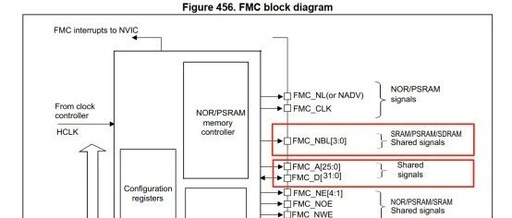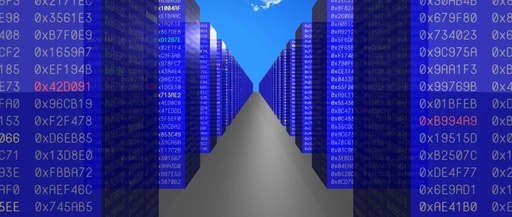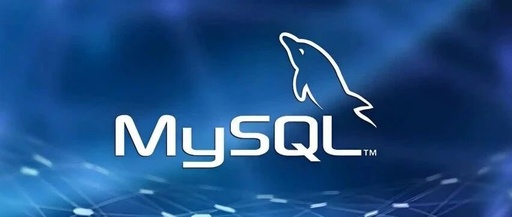The First Domestic Yocto Project Book: Efficiently Customizing Embedded Linux Systems and Easily Deploying Qt Applications
01 Modular Build System: The Yocto Project uses the BitBake build tool, allowing developers to easily add, remove, or modify packages, including Qt SDK and OpenSSL. Flexibility and Customizability: Developers can highly customize the system according to project requirements, supporting various hardware architectures and operating system configurations, ensuring that components like Qt and OpenSSL are … Read more









